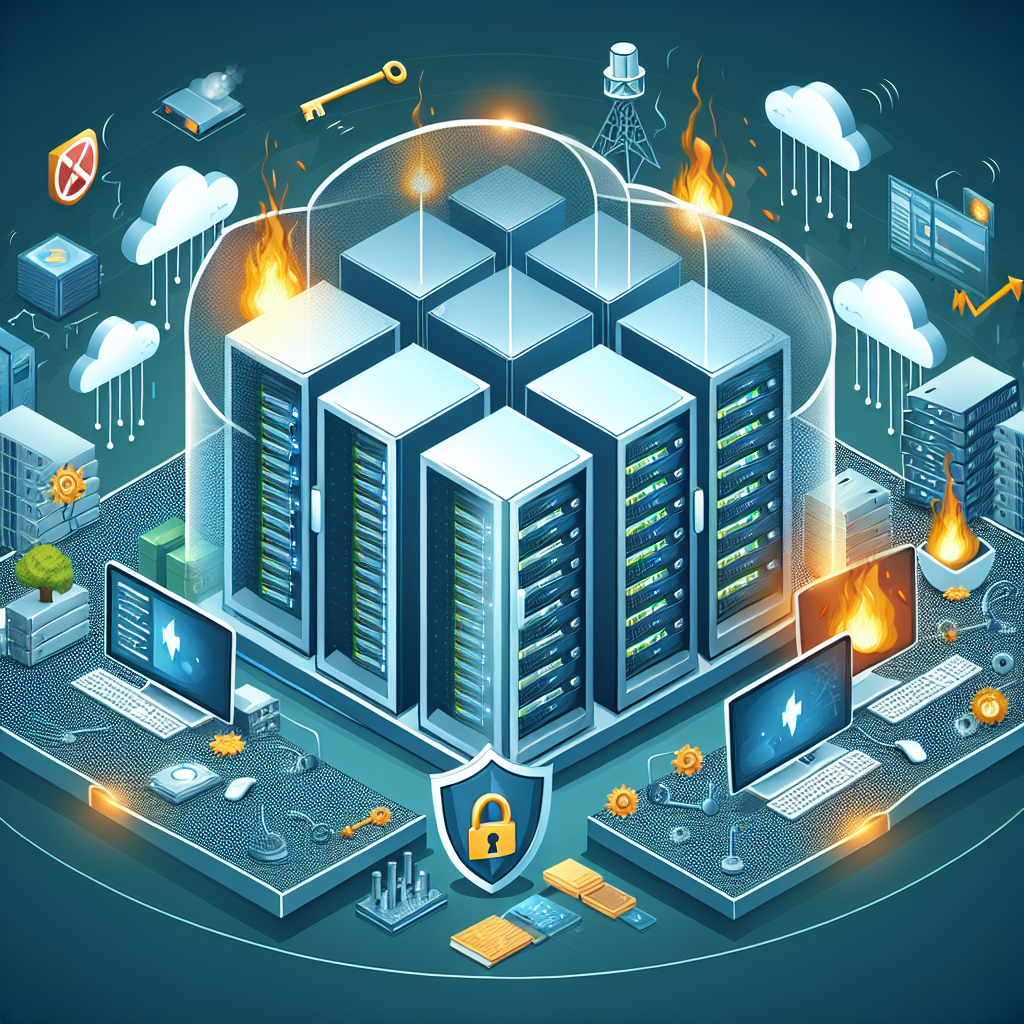Data centers are the backbone of modern business operations, housing critical IT infrastructure and data that keeps organizations running smoothly. However, as data centers become increasingly complex and interconnected, the risk of disasters such as hardware failure, natural disasters, cyberattacks, and human error also increases. To mitigate these risks and ensure business continuity, organizations must have a robust disaster recovery plan in place.
Choosing the right disaster recovery solution for your data center is crucial for minimizing downtime, protecting sensitive data, and maintaining customer trust. With so many options available, it can be overwhelming to determine the best fit for your organization. Here are some key considerations to keep in mind when selecting a data center disaster recovery solution:
1. RTO and RPO: Recovery Time Objective (RTO) and Recovery Point Objective (RPO) are two critical metrics that determine how quickly your systems can be restored and how much data loss is acceptable in the event of a disaster. Make sure to align these metrics with your business requirements and choose a solution that can meet your RTO and RPO targets.
2. Scalability: Your disaster recovery solution should be able to scale with your organization’s growing data needs. Consider solutions that offer flexibility and scalability to accommodate future growth without compromising performance.
3. Data replication: Replicating data to a secondary site or cloud environment is essential for ensuring data availability and redundancy. Choose a solution that offers real-time or near-real-time data replication to minimize data loss in the event of a disaster.
4. Security: Data center disaster recovery solutions must prioritize data security to protect sensitive information from cyber threats and unauthorized access. Look for solutions that offer encryption, access controls, and compliance with industry regulations.
5. Testing and validation: Regular testing and validation of your disaster recovery plan are crucial to ensure its effectiveness in a real-world scenario. Choose a solution that allows for easy testing and validation of your recovery procedures to identify and address any weaknesses before a disaster occurs.
6. Cost: Consider the cost implications of different disaster recovery solutions, including upfront costs, ongoing maintenance, and potential savings from reduced downtime. Choose a solution that provides a balance between cost-effectiveness and the level of protection required for your organization.
7. Support and expertise: Select a disaster recovery solution provider that offers reliable support and expertise to assist you in implementing and maintaining your disaster recovery plan. Look for providers with a proven track record of successful disaster recovery implementations and a commitment to customer satisfaction.
By considering these key factors when choosing a data center disaster recovery solution, organizations can ensure they have the right plan in place to protect their critical IT infrastructure and data. With a well-thought-out disaster recovery strategy, organizations can minimize the impact of disasters on their operations and maintain business continuity in the face of unforeseen events.

Leave a Reply
You must be logged in to post a comment.